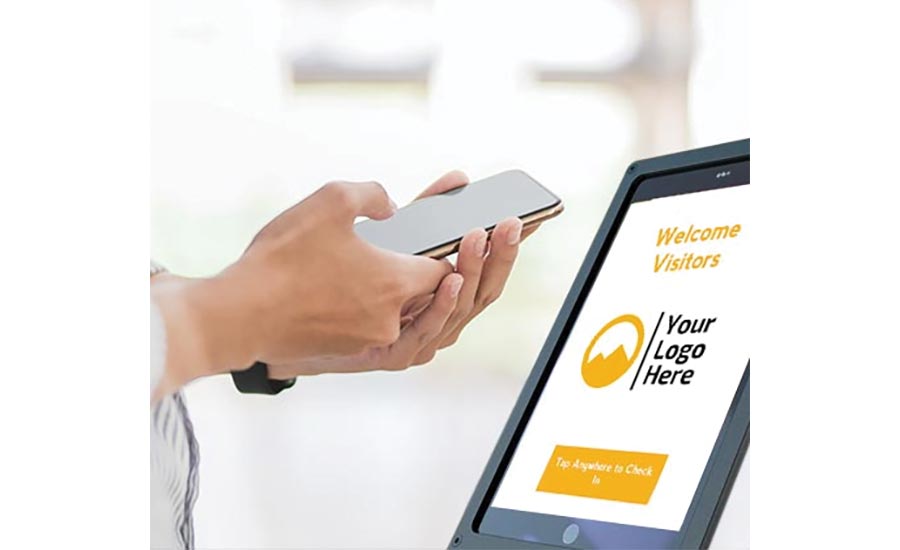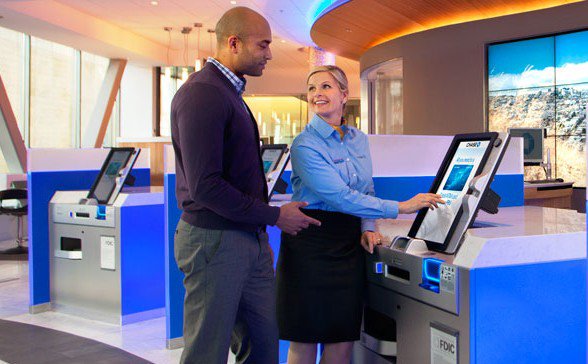March 16, 2022
How to Introduce the Hybrid Work Mode in Your Company
Guidance on how market leaders are adopting the hybrid office to give employees flexibility while ensuring team building, collaboration, and productivity.

Originally published by the Peoria Journal Star. Reposted with permission.
The coronavirus pandemic caused a major disruption in the workspace environment introducing an entirely new office culture. With the requirement for social distancing to help contain the contagion, working in close quarters was no longer tenable.
However, work and related economic activities had to go on and a different approach to employee accommodation was necessary. This is how the hybrid work mode operating on a flexible dispersal arrangement came into being. Here is how to introduce the hybrid work mode in your company.
Start with clear procedures
 Organizations can choose from several types of hybrid work modes to suit their needs. These types include the remote-first which promotes work from home, the office-occasional which splits time between the office and home, and the office-first which places precedence on working at the office.
Organizations can choose from several types of hybrid work modes to suit their needs. These types include the remote-first which promotes work from home, the office-occasional which splits time between the office and home, and the office-first which places precedence on working at the office.
You need a clear policy framework with known expectations on both sides and redesigned procedures to fit the new environment before implementation. Contact areas such as receptions will need new technology to manage visitor sign in and the Greetly app offers the best solution for virtual self-serve check-ins. Your policies should ensure smooth transitions and continuity.
Streamline communication between teams
How you manage coordination, collaboration, and communication between teams will make or break the hybrid work mode you choose. Establish clear channels of communication between collaborating remote teams to facilitate the efficient completion of tasks and the necessary access to office resources such as data files.
Use messaging tools that keep remote workers connected to the office for continuous support and guidance at all times. Appoint persons to coordinate different activities between teams, allocate tasks, moderate virtual meetings, review progress, and generally keep things in order.
{{cta(‘ac879f17-5b48-4f54-9eec-bba849b09fe9’)}}
Equip employees with the right technology
 Any form of a hybrid model includes an aspect of remote working that places team members in different spaces. The distance cuts out the physical contact and the ease of collaboration in an office setting and can complicate the management of projects that involve multiple teams. Employees must have the right technologies to overcome these challenges and collaborate seamlessly for efficient project delivery.
Any form of a hybrid model includes an aspect of remote working that places team members in different spaces. The distance cuts out the physical contact and the ease of collaboration in an office setting and can complicate the management of projects that involve multiple teams. Employees must have the right technologies to overcome these challenges and collaborate seamlessly for efficient project delivery.
Equip your teams with the right technologies and apps that allow real-time project sharing between themselves, management, and the client providing progress updates. While at it, do not forget secure conferencing tools for virtual staff meetings to bring the teams together whenever the need arises.
Retrain staff for the hybrid work model
 The new post-Covid-19 work environment demands a reorientation of the staff to shift from the traditional office-based setting to the current hybrid model. Training, especially when introducing new systems that overturn the established culture, is the best way to motivate staff, infuse confidence, and improve skills.
The new post-Covid-19 work environment demands a reorientation of the staff to shift from the traditional office-based setting to the current hybrid model. Training, especially when introducing new systems that overturn the established culture, is the best way to motivate staff, infuse confidence, and improve skills.
A sudden and radical change in the workplace culture can create resistance and frustration that affect productivity negatively. Therefore, training marks a new beginning and workers learn the new procedures with enthusiasm while embracing the changes happily. Make this learning a continuous process to help employees cope with emerging challenges in the new system.
Consider the legal implications
Adopting full remote and hybrid working models means a review of employees’ contracts to reflect the new reality. Aside from reviewing employee contracts, you will have to address legal implications and enforcement in matters of confidentiality with staff working from home.
Changing workstations may also carry tax law-related adjustments that require review obligations and entitlements for both employer and staff. How will you address disciplinary issues and work time enforcement for remote employees? Whatever the case, a little counsel from your legal team is necessary to stay within the law.



